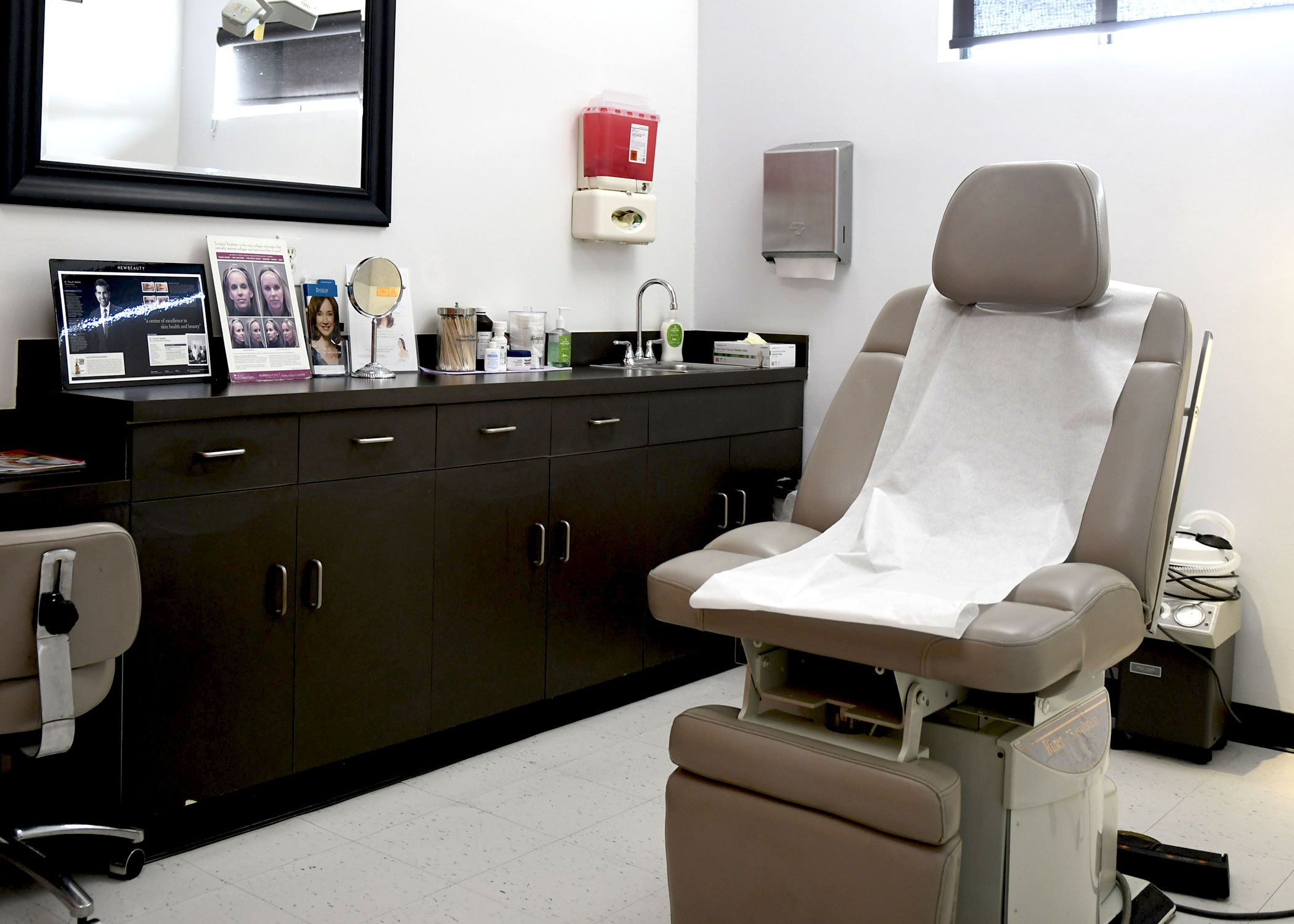Skin infections can be caused by a variety of organisms that invade the skin including bacteria, viruses, fungi or parasites. Some infections are just annoying or unattractive, but others can be more dangerous to your health. It is important to take any skin infection seriously, because the skin is the body's first defense against invading organisms. If the skin is compromised, more serious infections deeper in the body may follow. The following are various types of skin infections:
Bacterial Skin Infection
Bacterial skin infections include cellulitis, a dangerous disease where the skin becomes swollen, red, and sore, and can lead to infection of the blood or lymphatic system if left untreated. Another bacterial condition of the skin is impetigo, a form of staphylococcal infection often seen in children that raises blisters on the skin. Bacteria create pus as they digest tissues, which can lead to abscesses or swollen pockets of pus in the skin. Pimples are one familiar form of abscesses.
Viral Skin Infection
Viral infections of the skin include warts, which take a variety of shapes and can appear anywhere on the body. More seriously, herpes zoster, or shingles, can raise extremely painful rashes on the body, and herpes simplex causes sores on the mouth, genitals or buttocks. Viruses are more difficult to treat. Wart removal is a simple process but the viruses that create the warts may linger. Shingles and herpes are incurable, although medication can be used to alleviate the symptoms they cause.
Fungal Skin Infection
Fungal infections include skin conditions such as athlete's foot, jock itch, and yeast infections. Ringworm is also caused by a fungus rather than a worm. While not usually serious, fungal infections spread quickly over the body and are very contagious. Once diagnosed, they are usually easy to treat with nonprescription antifungal medications.
Parasitic Skin Infection
Parasitic infections include skin conditions caused by insects, such as lice or bedbugs; mites, such as scabies; and worms, such as hookworm. Like fungi, insects and mites are very easy to transmit to others. These conditions are usually treated by removing the source of the infestation and then treatment with topical or oral medication to kill the parasites and relieve the itching, swelling, and other skin damage they leave behind.


